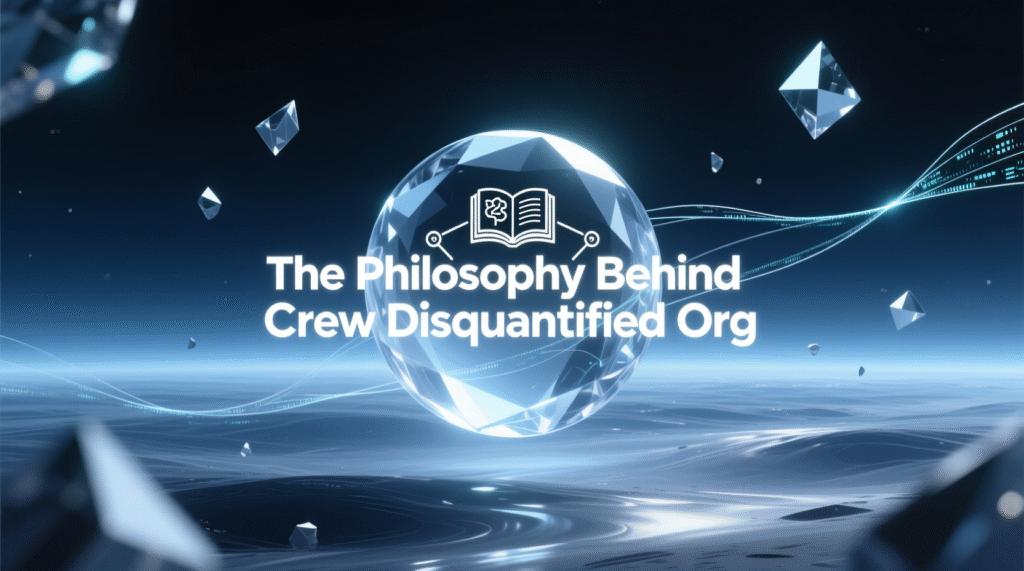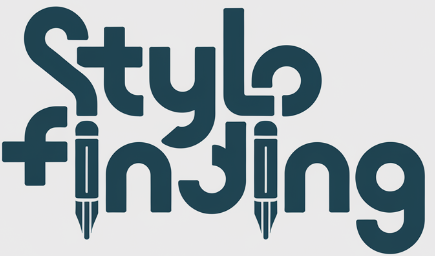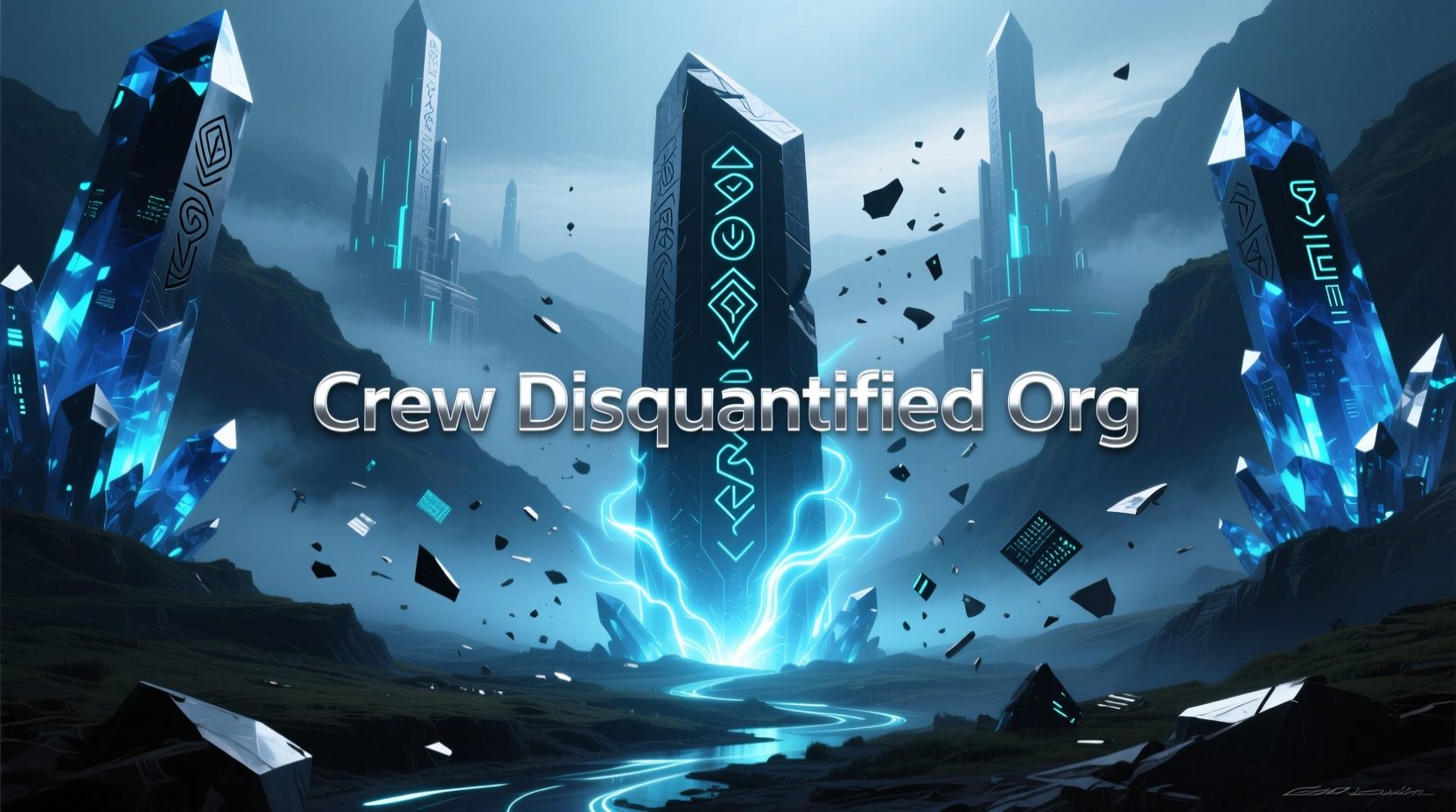In today’s digital age, traditional models of management struggle to keep up with the pace of change. Hierarchies built for stability and predictability often collapse under the weight of constant disruption. Businesses now face challenges that demand adaptability, speed, and innovation. That’s where the concept of the Crew Disquantified Org (CDO) comes in—a radical rethinking of how teams form, operate, and deliver value.
This article explores the philosophy behind CDO, how it dismantles outdated organizational structures, the benefits and challenges of implementation, and the future of team management in a world driven by agility and innovation.
Introduction to Crew Disquantified Org
The Crew Disquantified Org is more than just a buzzword. It’s an emerging framework that redefines organizational design by shifting focus from rigid roles to fluid team structures. Instead of locking individuals into permanent boxes, CDO emphasizes adaptability, skill alignment, and dynamic team formation.
Imagine an orchestra without a permanent conductor. The leadership baton passes depending on the piece, the moment, and the expertise required. That’s how CDO operates—leadership and responsibility shift to those most capable in a given context.
In practice, this model creates an environment where:
- Teams form dynamically based on skills and project needs.
- Leadership is distributed, not concentrated at the top.
- Outcome-focused metrics replace vanity KPIs.
- Cross-functional collaboration becomes the default mode.
The result? Organizations that move faster, innovate more effectively, and keep their talent fully engaged.
The Philosophy Behind Crew Disquantified Org

At its core, CDO rests on a few fundamental beliefs:
- People are not defined by titles. A person’s value lies in their skills, adaptability, and contributions, not their position on an org chart.
- Leadership is contextual. Sometimes the data scientist leads, sometimes the designer, sometimes the strategist. Context determines authority.
- Quantification has limits. Over-reliance on numbers can obscure creativity and innovation. A blend of qualitative vs. quantitative assessment gives a clearer picture.
- Flexibility drives resilience. Organizations that can pivot quickly stand a better chance of thriving in volatile markets.
This philosophy challenges the obsession with rigid performance metrics and static organizational structures. Instead, it embraces organizational transformation as a continuous state, not a one-time event.
Breaking Down Traditional Hierarchies
Traditional corporate hierarchies resemble pyramids: top-heavy, layered, and slow to adapt. While they provide order and clarity, they also create bottlenecks.
Problems with traditional hierarchies include:
- Bureaucratic friction: Multiple approvals delay decisions.
- Talent underutilization: Specialists often sit idle when their skills don’t fit into defined roles.
- Limited innovation: Ideas get trapped in silos.
- Low employee satisfaction: Workers feel boxed in by rigid structures.
By contrast, a fluid team structure removes unnecessary layers. It allows knowledge to flow across boundaries, encourages cross-functional collaboration, and creates a culture where authority shifts naturally.
“The danger of hierarchy is not its structure, but its rigidity.” – Dr. Miranda Chen, Organizational Psychologist
Quantification vs. Disquantification
The word “disquantified” signals resistance to the over-quantification of human work. While data-driven insights are valuable, they can’t capture the full complexity of human creativity.
Problems with pure quantification:
- Reduces people to numbers.
- Prioritizes short-term metrics over long-term growth.
- Ignores soft skills and cultural contributions.
The CDO balance:
| Approach | Advantage | Risk |
|---|---|---|
| Quantitative | Clear, measurable progress | Overemphasis on numbers |
| Qualitative | Captures creativity, adaptability | Can lack objectivity |
| Balanced (CDO) | Combines data with human judgment | Requires transparency |
The goal isn’t to eliminate metrics but to use transparent evaluation metrics that respect both numbers and narratives.
Implementing a Crew Disquantified Org Structure
Transitioning to CDO requires deliberate planning. Organizations can’t just tear down hierarchies overnight. The process unfolds in stages.
Assessment and Preparation
- Conduct cultural readiness assessments. Are teams open to flexibility?
- Evaluate leadership readiness. Can current leaders let go of positional authority?
- Define baseline metrics to measure transformation over time.
Skill-Based Team Formation
- Skill Mapping: Build detailed skill inventories of employees.
- Talent Pools: Organize staff into dynamic pools rather than rigid departments.
- Team Assembly: Form teams project by project, pulling from these pools.
Technological Infrastructure
- Deploy digital collaboration tools (Slack, Teams, Notion, Trello).
- Use AI-powered team formation systems to align skills with needs.
- Implement strong communication infrastructure to avoid silos.
Conflict and Coordination
- Establish conflict resolution protocols before issues arise.
- Reduce coordination overhead by using async-first workflows.
- Train leaders to act as facilitators, not controllers.
Benefits of the Crew Disquantified Org Model
Organizations that adopt CDO report substantial gains across multiple dimensions:
- Agility: Faster response to market shifts.
- Innovation: Higher innovation quality from diverse, cross-functional teams.
- Talent Utilization: Less wasted expertise, more meaningful work.
- Employee Satisfaction: Greater sense of autonomy and contribution.
- Cost Efficiencies: Reduced bureaucratic friction, fewer middle-management bottlenecks.
- Cross-Functional Skill Development: Teams grow beyond their specialties, creating resilience.
Case Example:
A 2023 Global Innovation Institute study found that companies adopting CDO principles experienced:
- 37% increase in adaptability
- 42% increase in full skill utilization
- 28% improvement in retention rates
- 53% growth in cross-functional skills
Challenges and Considerations
Despite its advantages, CDO is not a silver bullet. The shift faces resistance and practical hurdles.
Key challenges include:
- Cultural resistance: Employees comfortable with hierarchy may fear uncertainty.
- Middle management resistance: Managers may feel their authority threatened.
- Measurement complexities: Balancing numbers with narratives is not simple.
- Coordination overhead: Without structure, collaboration can feel chaotic.
Addressing these requires clear communication, strong organizational effectiveness strategies, and phased rollouts.
Future Outlook and Evolving Practices
The future of CDO will be shaped by technology, culture, and the evolving future of work.
Emerging trends:
- AI-Powered Team Formation: Using algorithms to match skills, personality, and availability.
- Hybrid Organizational Models: Combining traditional frameworks with disquantified flexibility.
- Enhanced Feedback Systems: Moving toward multi-directional feedback instead of top-down reviews.
- Adaptive Structures: Organizations evolve continuously, never locking into one model.
“The future belongs to organizations that see change not as disruption but as their natural state.” – Marcus Wong, Organizational Theorist
Case Studies & Quantitative Insights
| Metric | Traditional Org | Crew Disquantified Org |
|---|---|---|
| Adaptability | Low | +37% |
| Skill Utilization | Partial | +42% |
| Retention | Moderate | +28% |
| Cross-Functional Growth | Limited | +53% |
Named Entities:
- Dr. Miranda Chen: Highlights cultural resistance as the biggest barrier.
- Marcus Wong: Advocates for contextual leadership as the foundation of CDO.
- Global Innovation Institute (2023 study): Provides concrete numbers on organizational transformation.
Conclusion
The Crew Disquantified Org is not just an experiment—it’s a roadmap for how organizations can thrive in the digital age. By replacing rigid traditional hierarchies with fluid team structures, adopting distributed leadership, and focusing on outcome-focused metrics, companies unlock the full potential of their workforce.
The path isn’t without challenges—cultural resistance, measurement complexities, and coordination overhead must be managed. But the rewards—agility, innovation, talent utilization, and employee satisfaction—are too significant to ignore.
The future of team management lies in adaptability. Organizations that embrace the Crew Disquantified Org model today will lead the way into tomorrow’s economy, where flexibility, creativity, and collaboration are the ultimate competitive advantages.

Tony Smith, a seasoned fashion writer with 3 years of experience, shares insights on celebrity style at StyloFinding.com. Tony brings you the latest trends, celebrity fashion tips, and style guides to keep you in the know. Explore fresh takes on celebrity looks at https://stylofinding.com/

